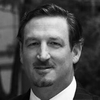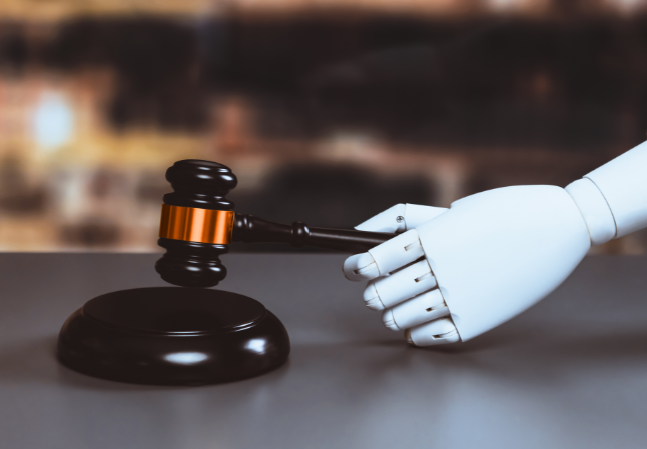Welcome! Save 30% on all CLE, CPE, and Professional Skills webinars, plus 15% off any annual pass with code HOLIDAY25
About the Course
Introduction
This CLE course will provide patent counsel with guidance on the key considerations and implications of patenting standardized technologies. The panel will discuss proper claim scope, disclosure, enforcement, and royalty rates in the context of standardized essential patents. The panel will offer best practices for application drafting and prosecution of standardized technologies.
Description
Many industries rely on standards, making standard-essential patent (SEP) issues extremely important. However, relevant case law is unsettled and continues to develop. Patenting SEPs often focuses on what is essential to standardized technology, but this should not be the sole focus when preparing an SEP application. SEP considerations are critical and becoming more complex.
Counsel must consider who potential infringers are when drafting claims while also establishing the broadest scope of protection, all without rendering the claims unpatentable. Further, counsel should consider the potential impact of the claims on the potential royalty rates.
Additional considerations for those seeking to patent standardized technologies include the requirements of the standard-setting organization and the implications of declaring that a patent is essential to a standard.
Listen as our authoritative panel of IP attorneys examines the key considerations that companies should weigh when patenting standardized technologies. The panel will also offer best practices for application drafting and prosecution of standardized technologies.
Presented By

Mr. Donch’s focus is on providing clients with practical strategies for securing and realizing the value of their intellectual property. Clients turn to him for representation in the areas of IP acquisition, risk assessment, patent prosecution, licensing, portfolio mining, claim charts, clearance studies, claim construction and validity reviews, and litigation strategy/counseling. Mr. Donch frequently presents on various issues for organizations such as the Joint Patent Practice Continuing Legal Education, the Penn Intellectual Property Law Group at the University of Pennsylvania Law School, Temple University’s Fox School of Business and Management, and to the Association of Corporate Counsel, Delaware Valley Chapter.

Mr. Yoon is dedicated to helping clients with a variety of patent legal services ranging from patent prosecution, Patent Trial and Appeal Board post-grant proceedings, due diligence, infringement and invalidity opinions, and freedom to operate analysis. His legal practice is based on an extensive technical background in numerous areas of electrical engineering and computer science, including communication systems and networks, standard essential patents, dynamic feedback control, photonics, semiconductors, and artificial intelligence and machine learning.
-
This 90-minute webinar is eligible in most states for 1.5 CLE credits.
-
Live Online
On Demand
Date + Time
- event
Tuesday, July 9, 2024
- schedule
1:00 p.m. ET./10:00 a.m. PT
- Scope of claims--considerations
- Broad reach
- Who are potential infringers
- Impact on royalty rates
- Divided infringement
- Design-arounds
- Disclosure requirements for standards-setting organizations
- Declaring a patent or application essential to a standard--considerations
- Negotiating position during enforcement
- Royalties
- Likelihood of adoption as a standard
- Enforcement of licensing rights
- FRAND obligations and impact
- Drafting to survive challenges
- Invalidity
- Essentiality
- Recent case law
- Best practices
The panel will review these and other vital questions:
- What factors should patent owners and counsel consider when determining whether to declare a patent or application essential to a standard?
- What is the potential impact of patenting standardized technologies on the enforcement of those patents?
- How can practitioners draft and prosecute patent applications and claims to minimize the threat of a challenge to essentiality?
Unlimited access to premium CLE courses:
- Annual access
- Available live and on-demand
- Best for attorneys and legal professionals
Unlimited access to premium CPE courses.:
- Annual access
- Available live and on-demand
- Best for CPAs and tax professionals
Unlimited access to premium CLE, CPE, Professional Skills and Practice-Ready courses.:
- Annual access
- Available live and on-demand
- Best for legal, accounting, and tax professionals
Unlimited access to Professional Skills and Practice-Ready courses:
- Annual access
- Available on-demand
- Best for new attorneys




